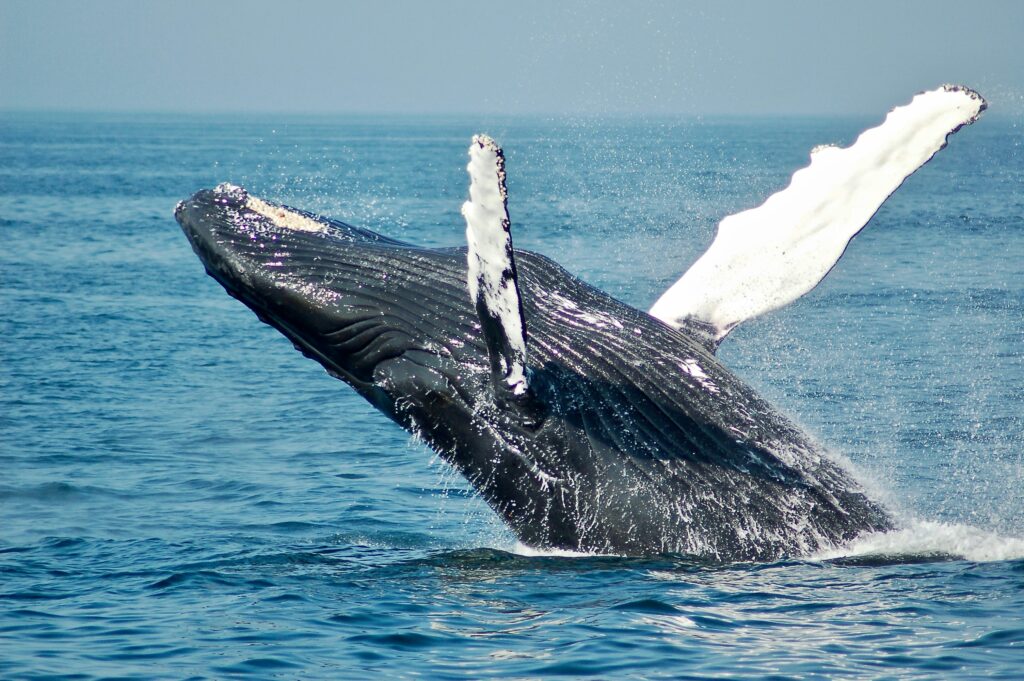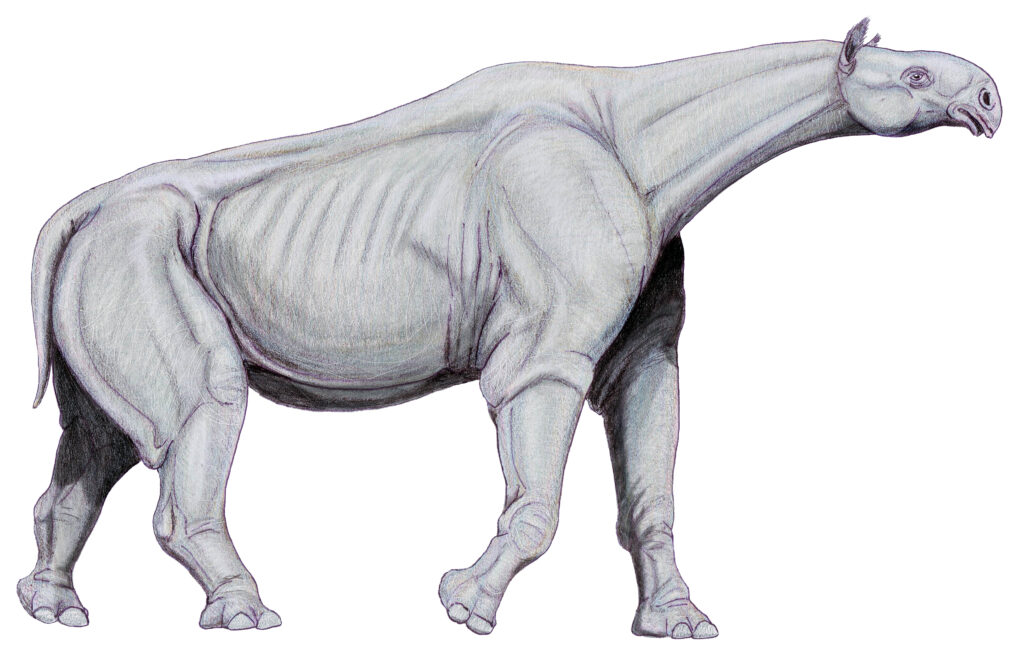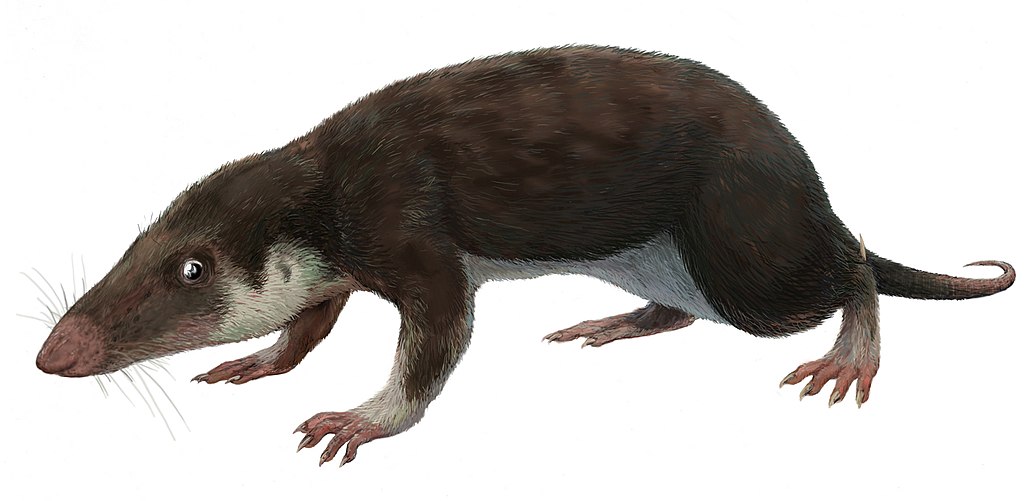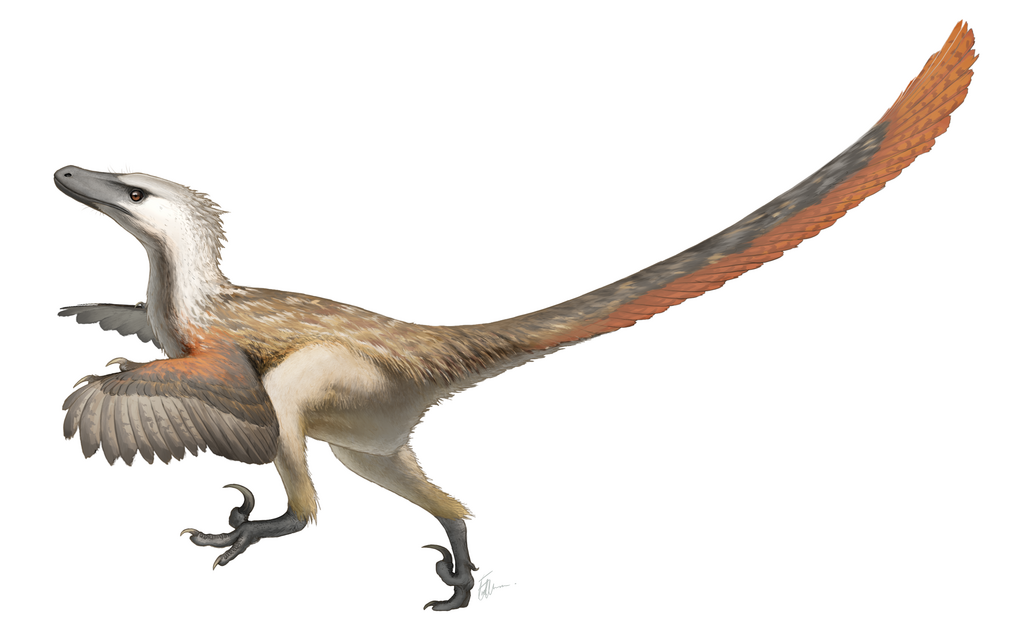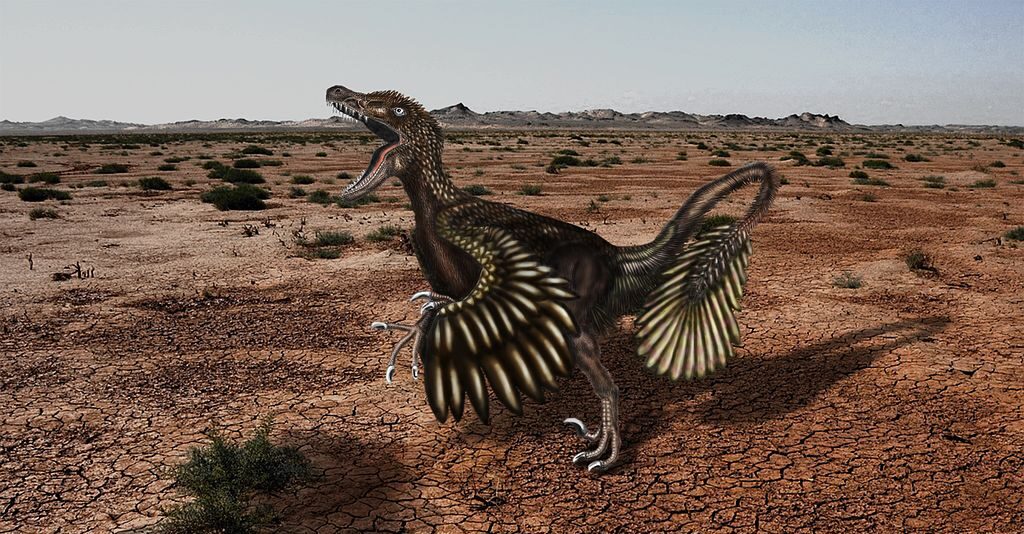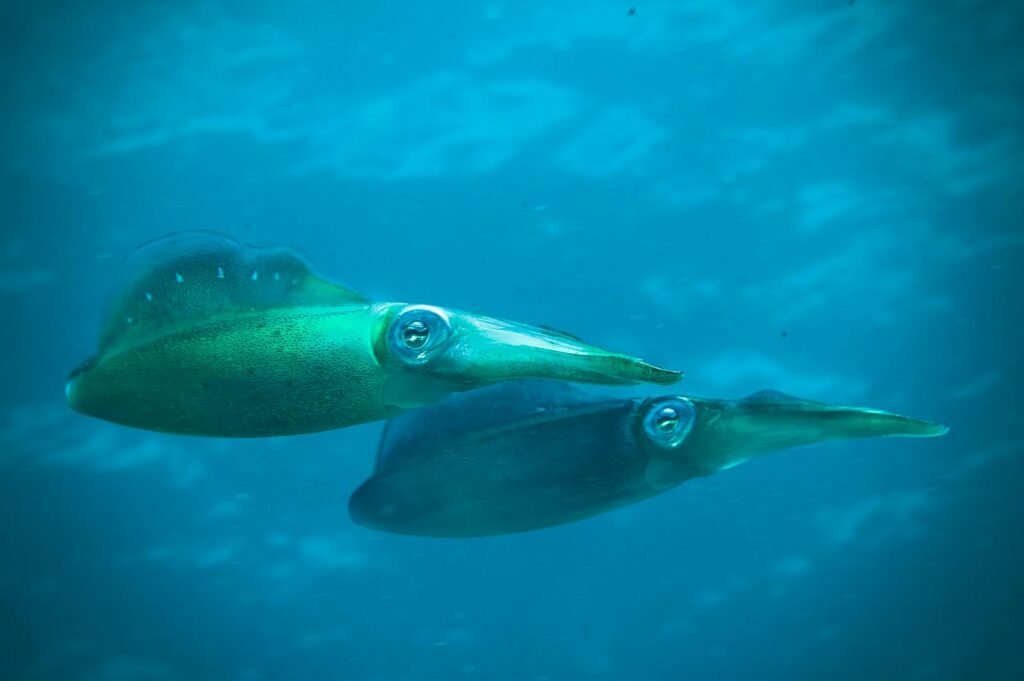How Did Raptors Hunt in Packs? New Evidence Suggests Strategy
Dinosaur enthusiasts and paleontologists alike have long debated whether dromaeosaurids, commonly known as “raptors,” were solitary hunters or pack-oriented predators. Recent fossil discoveries and advanced analytical techniques are reshaping our understanding of these fascinating prehistoric predators. While popular culture depicts raptors as coordinated pack hunters—memorably showcased in films like Jurassic Park—the scientific community has approached ...

